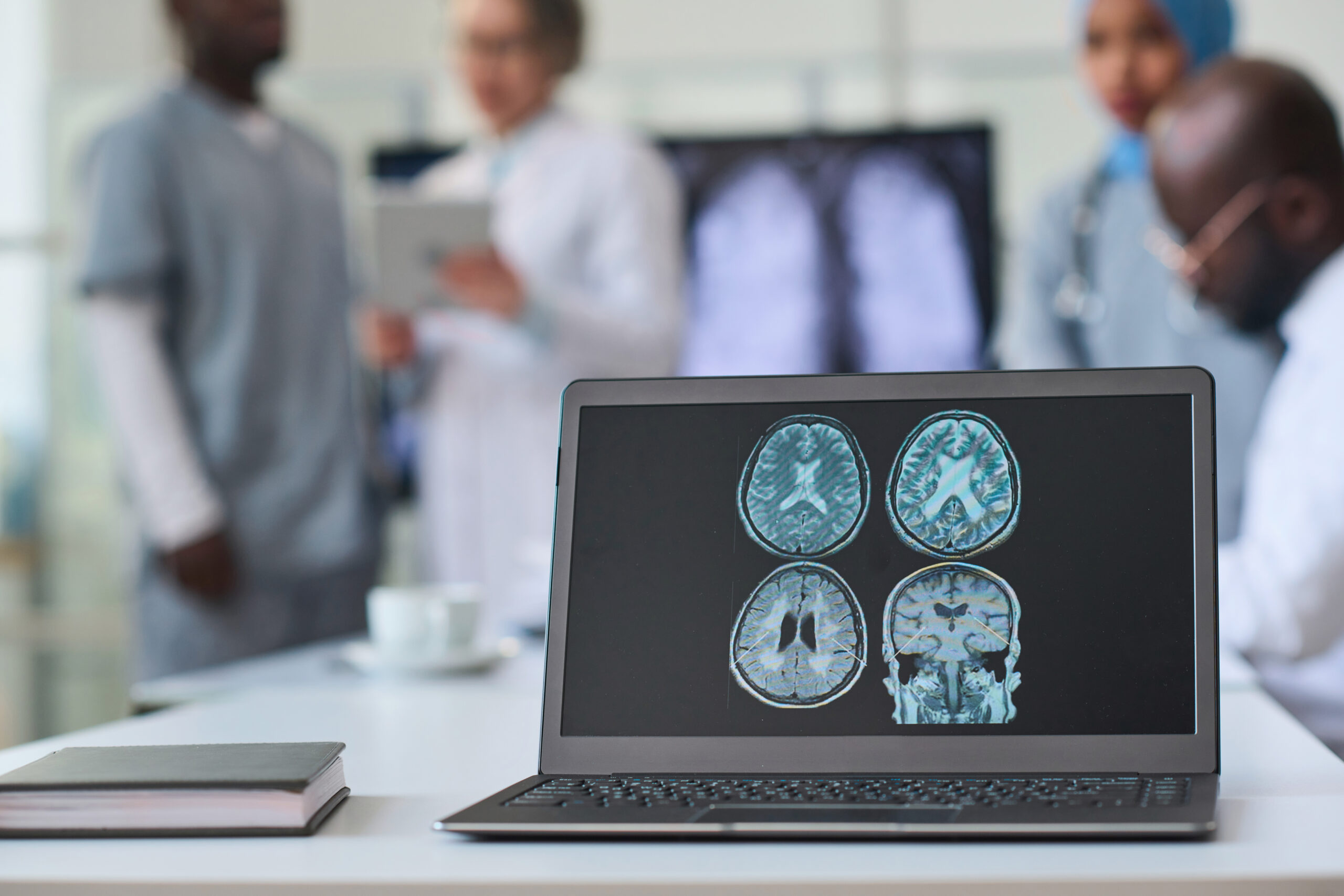
Artificial intelligence has become a powerful force in modern healthcare, and its influence in radiology is especially transformative. By integrating advanced algorithms with traditional radiology practices, AI reshapes how medical professionals approach diagnosis, treatment planning, and overall patient care. The technology does not simply add another tool to the radiologist’s toolbox; it fundamentally enhances how these experts interpret and act on medical images. In a world where early detection and accurate diagnosis can mean the difference between life and death, the integration of AI into radiology holds enormous potential.
The beauty of AI in radiology lies in its capacity to process massive datasets in a fraction of the time a human could. With the demand for quick, precise medical evaluations growing, AI is not just an optional upgrade but an essential part of delivering top-notch care. This revolution isn’t about replacing radiologists; it’s about empowering them to provide faster, more accurate, and more comprehensive patient care.
Enhanced Diagnostic Capabilities
Artificial intelligence’s most notable strength in radiology is its ability to rapidly analyze vast quantities of images with an unmatched level of detail. By scanning thousands of images, AI can detect tiny variations that might be overlooked during traditional reviews. This increased precision means that radiologists can catch diseases earlier and more confidently. For example, in mammography, AI has been shown to identify early signs of breast cancer that might otherwise go unnoticed, leading to better outcomes for patients.
Moreover, AI doesn’t just focus on finding abnormalities; it also provides radiologists with additional context about what these variations might mean. By drawing on databases of previous cases, AI can suggest potential diagnoses and highlight areas that require further investigation. As a result, radiologists can make more informed decisions, supported by a second set of “eyes” that never tire.
Beyond its diagnostic prowess, AI significantly streamlines radiology workflows. Medical imaging departments often face backlogs due to the volume of scans they must review. AI systems can sort through these images quickly, prioritizing the most urgent cases. This means patients in critical need get prompt attention, and radiologists can focus their expertise where needed most.
Not only does AI help radiologists manage their time more effectively, but it also creates a smoother experience for patients. Faster review times translate to quicker diagnoses, easing anxiety and leading to more rapid treatment decisions. This efficiency makes an already stressful healthcare experience easier for patients.
Improving Patient Engagement and Outcomes
One of the most exciting aspects of integrating AI in radiology is how it improves patient engagement. When radiologists use AI-powered tools, they can produce more explicit images and more precise reports. This clarity helps patients better understand their health, fostering a sense of collaboration between patient and physician. Patients who understand their diagnoses are more likely to follow through with treatment plans and stay involved in their care.
Additionally, AI’s detailed insights can open the door to more personalized care plans. With advanced imaging and thorough analysis, physicians can tailor treatment strategies to each patient’s unique needs. This individualized approach often translates into better outcomes and higher patient satisfaction, reinforcing the idea that technology can enhance, not replace, the human touch in medicine.
Supporting Radiologists in Their Work
AI is not meant to overshadow the radiologist’s role despite its incredible potential. Instead, it acts as a highly effective assistant, handling repetitive or time-consuming tasks while freeing radiologists to focus on complex cases and patient interactions. For example, AI can handle tasks like measuring organ volumes or tracking changes in lesions over time, letting radiologists concentrate on interpreting the bigger picture.
This support doesn’t just make work easier for radiologists; it also boosts their confidence in their findings. Knowing that AI has already analyzed an image and flagged any potential concerns gives radiologists a level of reassurance, ultimately reducing the risk of human error. This reinforces the idea that AI and radiologists working together create a stronger, more reliable approach to patient care.
Ethical Considerations and Data Privacy
As with any new technology, the rise of AI in radiology raises important ethical questions. Protecting patient information and maintaining confidentiality are essential to building trust in this innovative approach.
At the same time, transparency in implementing AI helps patients and providers feel confident. Radiology teams need to communicate openly about how AI works and how it supports their decisions. By involving patients in this conversation, medical teams can build stronger relationships and ensure that AI remains a trusted ally in delivering exceptional care.
Looking Toward the Future
The future of radiology with AI looks brighter than ever. Researchers and developers continue to refine these systems, making them even more accurate, reliable, and accessible. AI technology will be increasingly crucial in democratizing healthcare, especially in areas with limited access to radiology specialists.
As we look ahead, it’s clear that combining AI technology and human expertise will be the key to unlocking the full potential of advanced medical imaging. Radiologists who embrace these tools will be better equipped to provide accurate, efficient, and compassionate care, setting the standard for the future of patient-centered medicine.
A Collaborative Path Forward
Artificial intelligence in radiology ultimately represents a powerful partnership between technology and human expertise. By working together, radiologists and AI can create an environment where patients receive the best of both worlds: cutting-edge analysis and personalized, empathetic care. This synergy improves patient outcomes and builds trust in the healthcare system.
As AI advances, healthcare leaders, researchers, and clinicians must collaborate to ensure these tools are used to respect patient dignity and promote health equity. By doing so, they can harness the full power of AI to elevate radiology to new heights, ensuring that every patient receives the timely, accurate, and compassionate care they deserve.